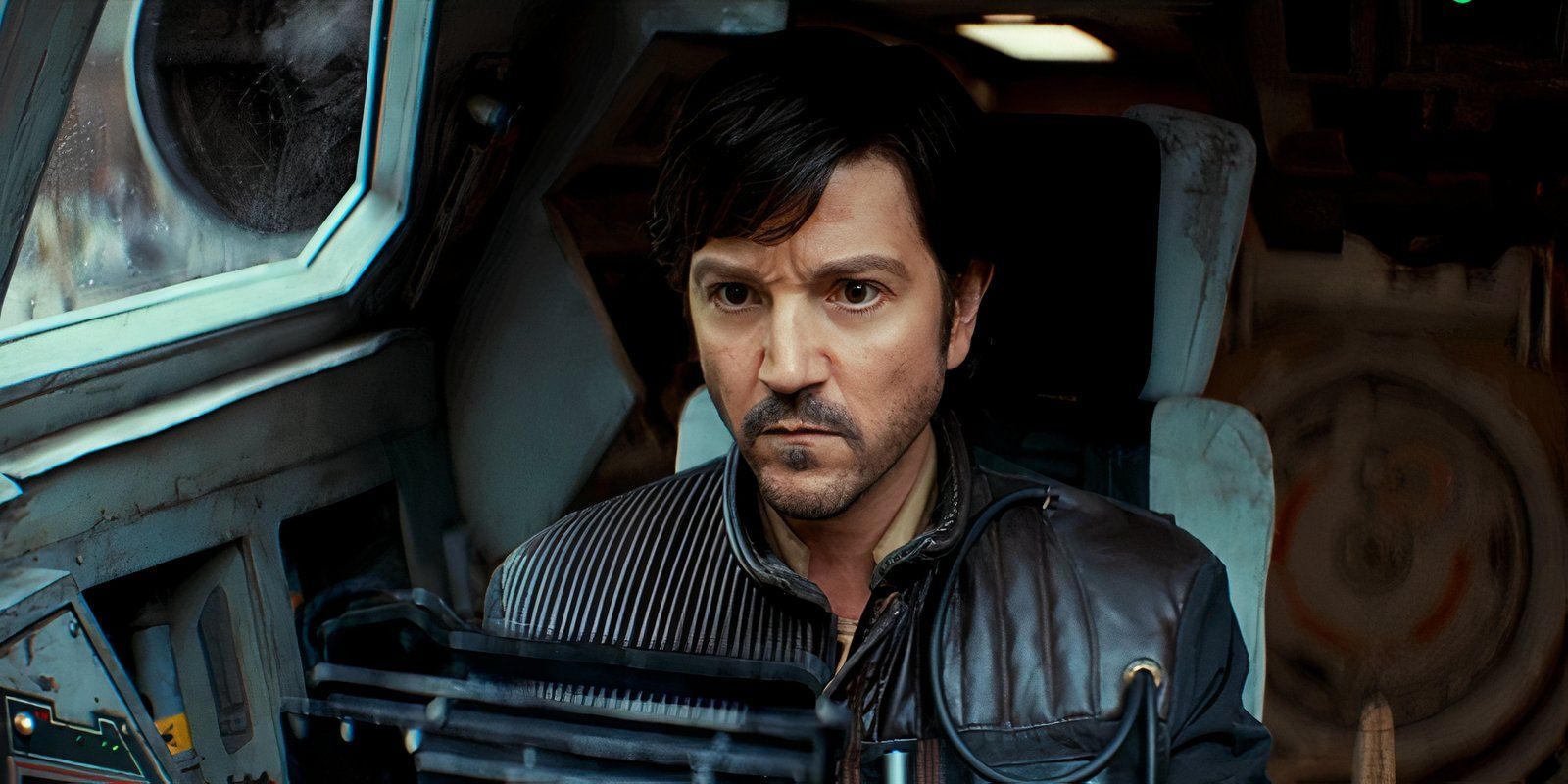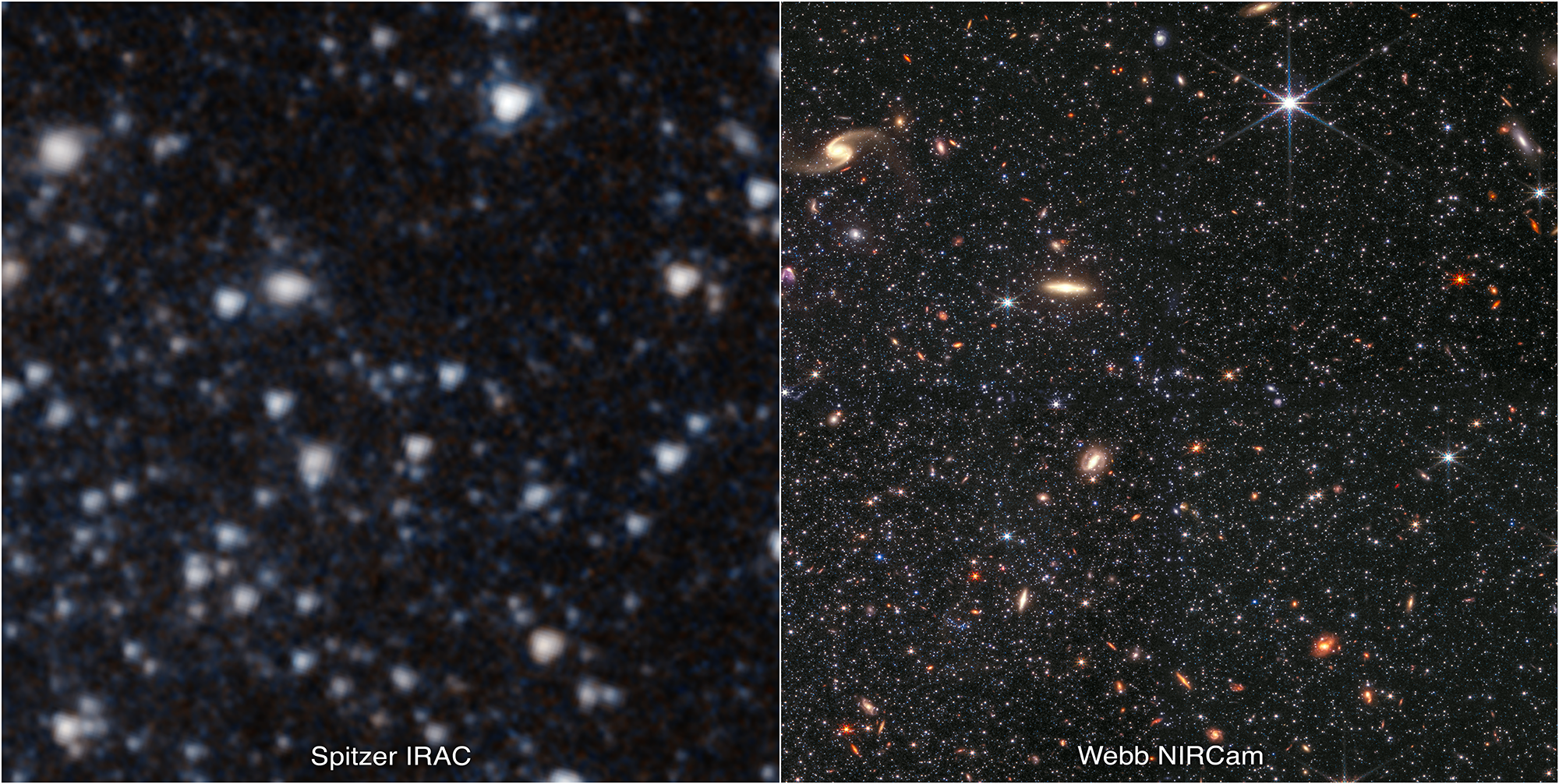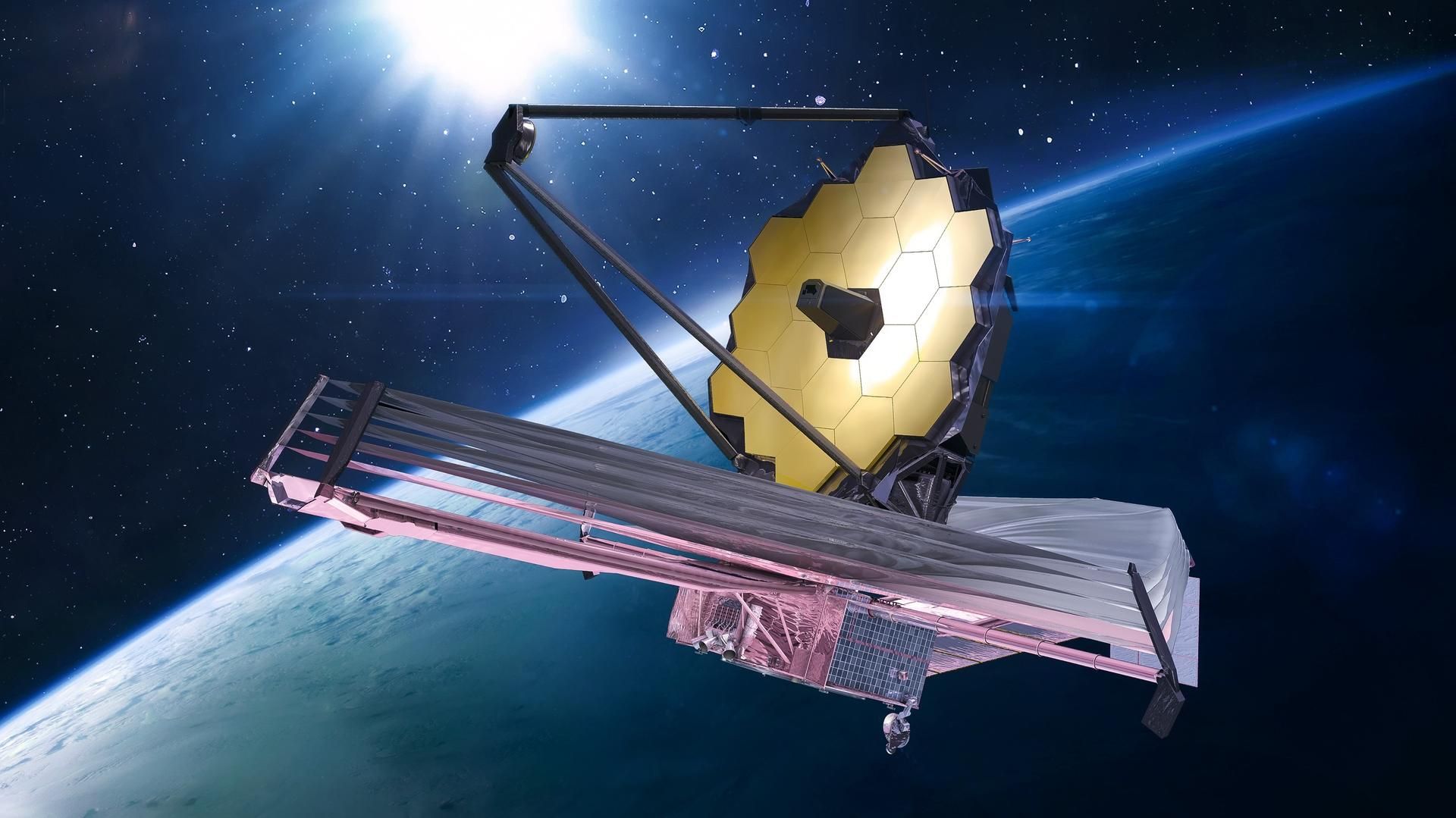Related
NASAhas released a stunning newfangled look at a midget galaxy that sit powerful around the celestial street corner from the Milky Way , as seen by the groundbreakingJames Webb Space Telescope(JWST ) . The telescope , which launched on Dec. 25 last twelvemonth , is the most powerful the space agency has ever deploy and the result of a historical international collaboration . Just 10 month into its mission , it ’s already revealing new brainstorm into the vast mysteries of the universe .
In addition to being the most brawny , the new space telescope is also NASA ’s big . It has a 21 - base ( 6.5 - meter ) golden mirror made up of 18 hexangular segments that allow it to probe profoundly into the infrared wavelength . nestle behind that gilded honeycomb is a rooms of advanced mental imagery instruments , which are responsible for the observations now being transmitted back home . There ’s never beena scope quite like the James Webbin space , and scientists hope it ’ll help answer some of the many question about how the macrocosm add up to be .
Related : How NASA ’s James Webb Telescope Will Find Habitable Worlds

The late image fromNASA(above ) brings unprecedented detail to a outside member of our astronomical locality , the gnome extragalactic nebula Wolf – Lundmark – Melotte ( WLM , ) which consist just three million light - years off . Where the Spitzer Space Telescope years ago catch fuzzy spot of starlight ( still an telling exploit for its time ) , JWST obtaineda signally crisp view — one that almost seems to glitter with stars too faint to previously see . Some of these virtuoso formed in the early universe , create WLM a good object for reconstructing process that go on billions of years ago .
The Dwarf Galaxy In Our Neighborhood
The level ofdetail in the JWST observationis not only striking , but it ’s also suggestive . " We can see a myriad of private stars of different colors , sizing , temperatures , age , and point of development ; interesting clouds of nebular gaseous state within the galaxy ; foreground stars with Webb ’s diffraction spikes ; and background galaxies with neat features like tidal nates , " tell Kristen McQuinn , a lead scientist with the Webb Early Release Science course of study , in a conversation with NASA ’s prescribed web log . It can now be used as a point of equivalence as Webb weight-lift forward .
WLM ’s comparative farness compared to other objects in the Milky Way also go a long way toward uncomplicating the view and what scientist can glean from it . " Many of the other nearby galaxies are intertwine andentangled with the Milky Way , which makes them voiceless to study , " McQuinn say . Processes over the aeon have also leave it with similar gaseous property to the small galaxies of the vernal world . With each new bailiwick of this nanus galaxy — Hubble , Spitzer and nowJames Webb — scientist get a good picture of how stars may have evolved in long - ago galaxies .
Next : How NASA Turned James Webb ’s First Color Images Into Sound

Source : NASA blogs


NASA, ESA, CSA, STScI, and Kristen McQuinn (Rutgers University)

NASA